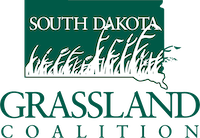
Sieck grazed soybeans in 2006. The beans ran about 5 bushels/acres and were about 6 inches tall. “The cows were kind of gassy and smelled different,” he recalled. It took the cattle a few days to adjust to the different feed, but they did fine on the beans.
One thing to consider when grazing crop residue is the herbicide/pesticide history of that crop, particularly if selling into a certified program. Many herbicides are not recommended for a forage/feed situation or require a waiting period. Grazing and feeding restrictions should be on the label. Soybean herbicides have many more restrictions than corn herbicides. The restrictions exist because research on how chemical residual affects animals is incomplete.
